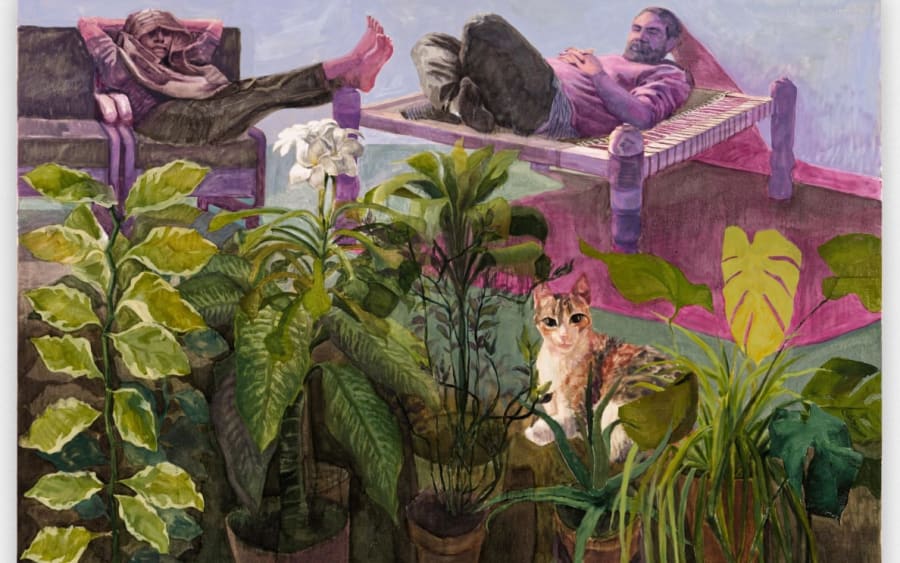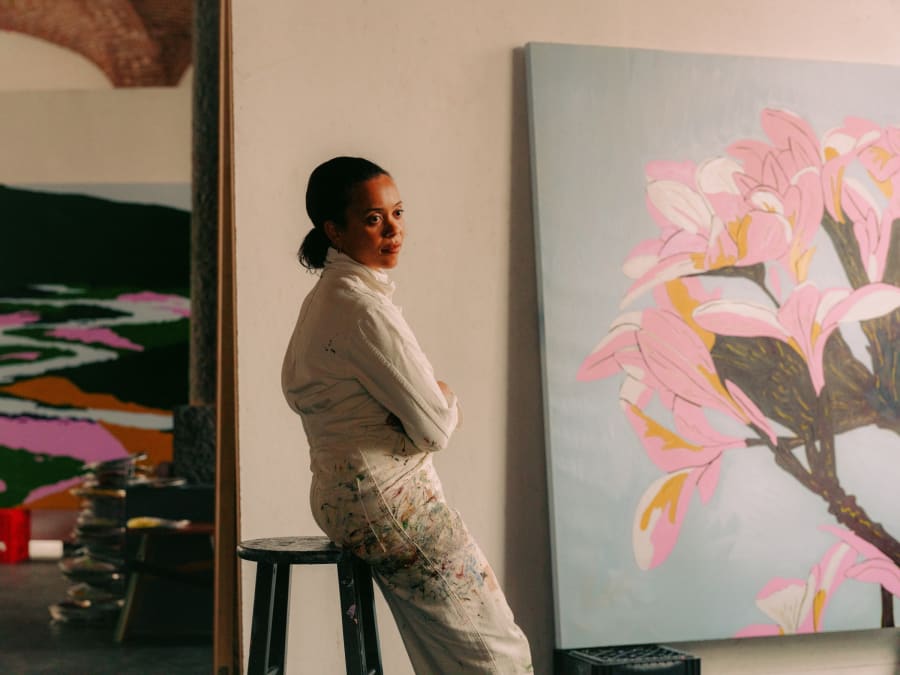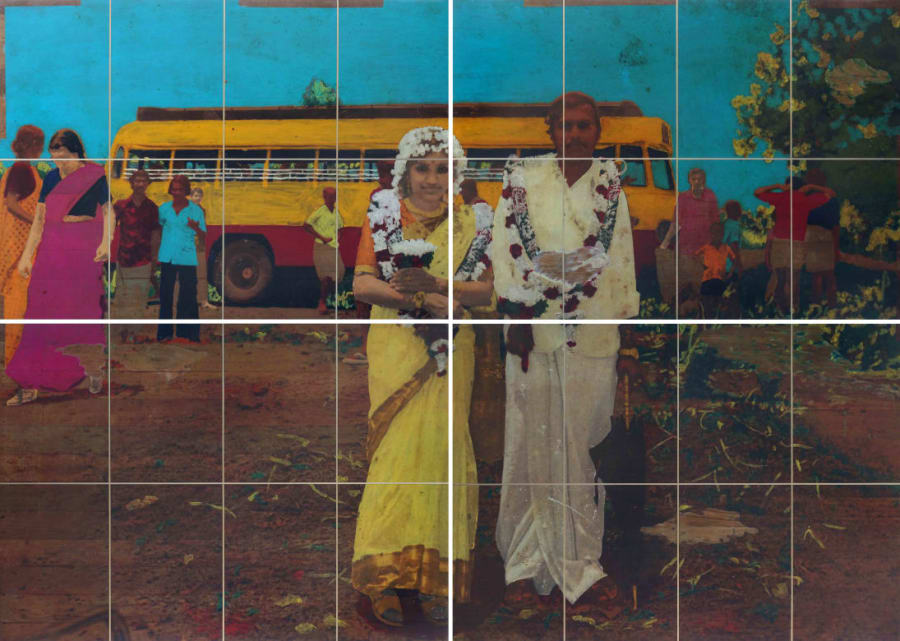When Ashfika Rahman was a child in Bangladesh, her mother worked as an activist and social worker in a border region strictly controlled by state security forces, providing legal support to Indigenous women who had been subjected to violence. Witnessing her mother’s efforts is the well from which Rahman’s present practice springs – a body of work that she describes as an archive of social injustice. ‘I follow in [my mother’s] footsteps and reflect on the issues she dealt with from my perspective as an artist and a pedagogue,’ Rahman tells me.
After earning a degree in photography from Pathshala South Asian Media Institute in Bangladesh and furthering her studies at Hochschule Hannover in Germany, Rahman embarked on a career as a lens-based artist. In more recent years, however – even before joining the two-year residency program at the Rijksakademie in Amsterdam, the Netherlands, where she is currently a fellow – the artist has broadened the scope of her work to include sound, video, textile, and installation. Rahman sees her practice as a tool used for a larger purpose – one that points to the future.
Here, Rahman envisions, crimes committed against ethnic minorities in Bangladesh and elsewhere will no longer be swept under the rug by mainstream media. The artist exposes these realities through collaborating with communities: ‘We share practice and profit,’ explains Rahman from her studio in Amsterdam. One example is বহুলাআজকাল Behula These Days (2022–2023), a mixed-media installation that derives its title from a Bengali medieval epic: the love story of Behula and her husband, Lakhindar. The tale goes something like this: On their wedding night, Lakhindar dies of a snake bite. To bring him back to life, Behula sails his body toward the heavens on a raft. ‘In Bangladesh and West Bengal [the Bengali-speaking part of India],’ Rahman tells me, ‘Kids expect a Behula in their life. They expect that kind of devotion.’
But Rahman sees the tale as one of oppression. For the project, she traveled along the same waterway as her heroine – the Chalan Beel in Bangladesh – photographing and collecting stories from the women she met along the way. She asked them to create embroideries on green cotton, depicting their testimonies and addressing them to Behula, the one who will listen and understand. For the installation, the artist suspended these textiles from the ceiling, like a floating carpet. ‘In my interpretation, this could symbolize the fragile yet resilient raft that Behula was traveling on,’ explains Rahman. A later offshoot of this work, Behula and a Thousand Tales (2024), won Rahman the Future Generation Art Prize in Kyiv last year. ‘Rivers represent fluidity,’ she tells me. ‘Women are often symbolized as rivers. It is rivers and women that connect the world.’
Ashfika Rahman is represented by Vadehra Art Gallery (New Delhi).
Lena van Tijen is a writer, critic, and translator. In 2022, she won the Young Art Critic Prize – an award to encourage young contemporary art writers from the Dutch-Flemish-speaking area.
Top image: Ashfika Rahman, Bon Bibi and Hundred Saga, Path - 6, 2023. Courtesy of the artist and Vadehra Art Gallery.
Published on February 19, 2025.


